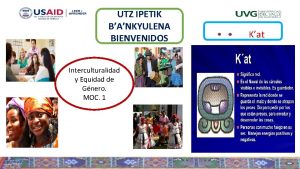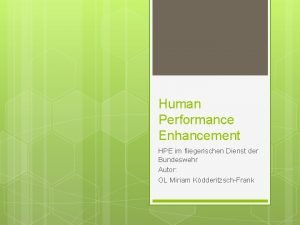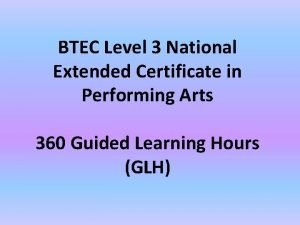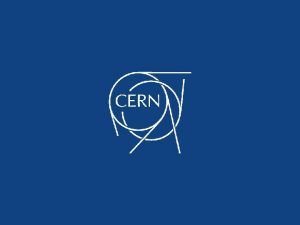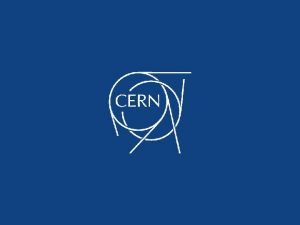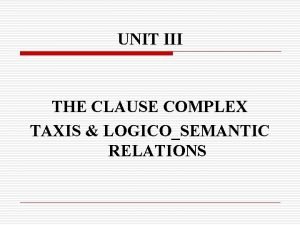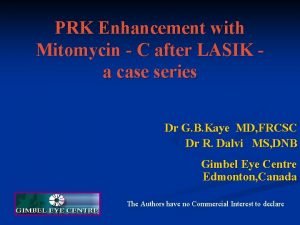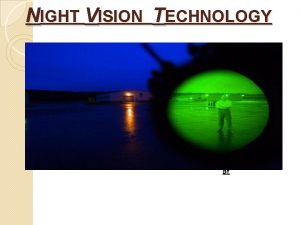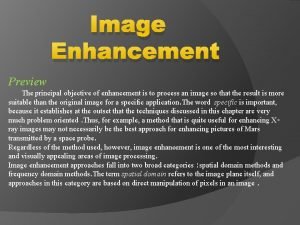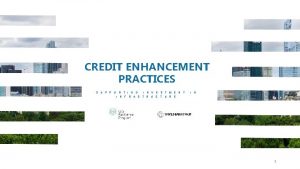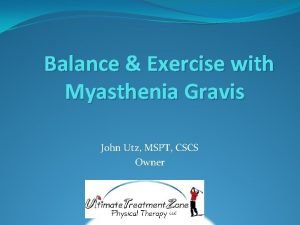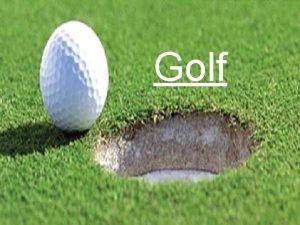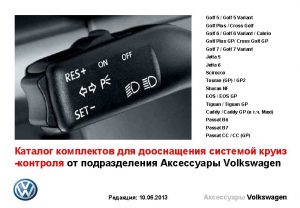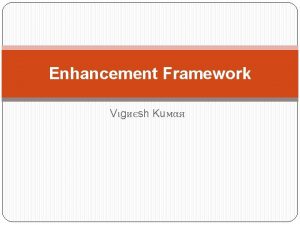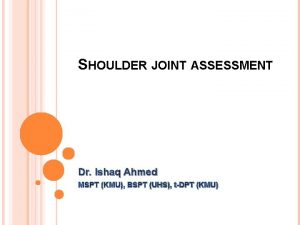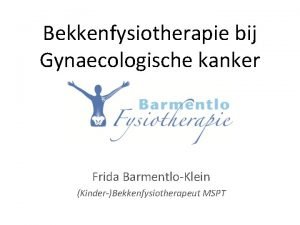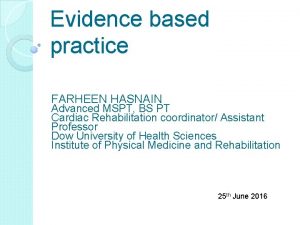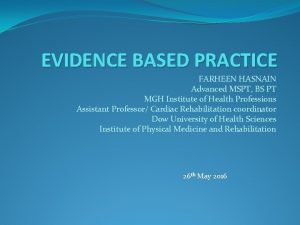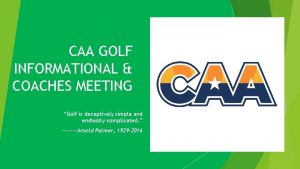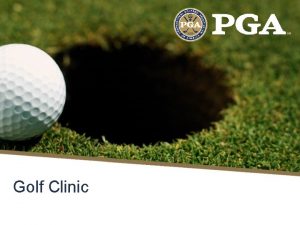Golf Performance Enhancement Workshop 2017 John Utz MSPT















- Slides: 15

Golf Performance Enhancement Workshop 2017 John Utz MSPT, CSCS Owner Ultimate Treatment Zone Physical Therapy, LLC

OVERVIEW Participants will: • Discuss the common swing faults in amateur golfers. • Name the 5 essential “key ingredients” for consistent improvement. • Gain a better appreciation of the anatomy and biomechanics involved with a golf swing. • Perform interactive drills to screen for biomechanical (physical) restrictions. • Understand how physical restrictions will force movement compensations leading to altered swing mechanics and potential injury. • View computerized video swing analysis to integrate the above concepts (time allowing). • TEST! (just kidding…)

Most Common Areas of Pain or Injury in Golfers? 1. Low back 2. Shoulders 3. Elbows and wrists 4. Neck

Most Common Swing Faults in Amateur Golfers? Poor set-up position (usually traced to here) Lifting up and out with takeaway (loosing the spine angle). Coming “over-the-top” Swinging from the outside to in. “Sliding” “Chicken Winging” Reverse Pivot “Casting” * These all describe WHAT you do wrong in the swing…

• What does it take to consistently improve your golf game? (and avoid injury)

FIVE KEY INGREDIENTS MENTAL PHYSICAL EQUIPMENT TALENT LESSONS / PRACTICE

Why is the physical ingredient so important? Fundamental Law: “Structure governs performance” OR “Form follows function”

Body “Structure” Alignment Posture Flexibility Strength Balance Coordination Reflexes Cardiovascular fitness Muscle Memory Limitations from any of the above will likely lead to movement compensations in the golf swing. ------------------------------------------------------------------------------------------------------------------------------------------ ANATOMY a BIOMECHANICS a MOVEMENT COMPENSATIONS a SWING FAULTS

ANATOMY - Spine Vertebrae Ligaments Muscle layers Nerves

ANATOMY – Hips and Pelvis Hips Pelvis Muscles

BIOMECHANICS 1. 2. 3. 4. Interactive Drills Seated Spine Rotation test Seated Shoulder Rotation test Seated Hip Rotation Test Balance Drills Important to recognize that every. BODY is different, thus, no two swings are exactly the same.

BIOMECHANICS - Discussion Posture Balance Flexibility

“So, what are the Movement Compensations golfers will make? ” For tight hips? Poor posture / tight middle back? Poor balance? PAIN?

Summary Important to understand WHY you swing the way you do, not just WHAT you are doing wrong. If a physical limitation exists, it will likely cause movement compensations and adverse swing mechanics. You can either compensate for the physical restriction (compromising distance and safety), or IMPROVE your most important piece of equipment… YOU!

VIDEO SWING ANALYSIS
 Utz ipetik en español
Utz ipetik en español Human performance enhancement
Human performance enhancement Unit 3 group performance workshop
Unit 3 group performance workshop Lhc performance workshop
Lhc performance workshop Lhc performance workshop
Lhc performance workshop Lhc performance workshop
Lhc performance workshop Complex sentence
Complex sentence Family enhancement center
Family enhancement center Digital foil enhancement
Digital foil enhancement Prk enhancement
Prk enhancement Nmos inverter
Nmos inverter Image enhancement in night vision technology
Image enhancement in night vision technology Objective of image enhancement
Objective of image enhancement Inverse log transformation in image processing
Inverse log transformation in image processing Modular operational ration enhancement
Modular operational ration enhancement Credit enhancement example
Credit enhancement example
